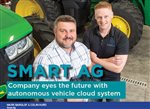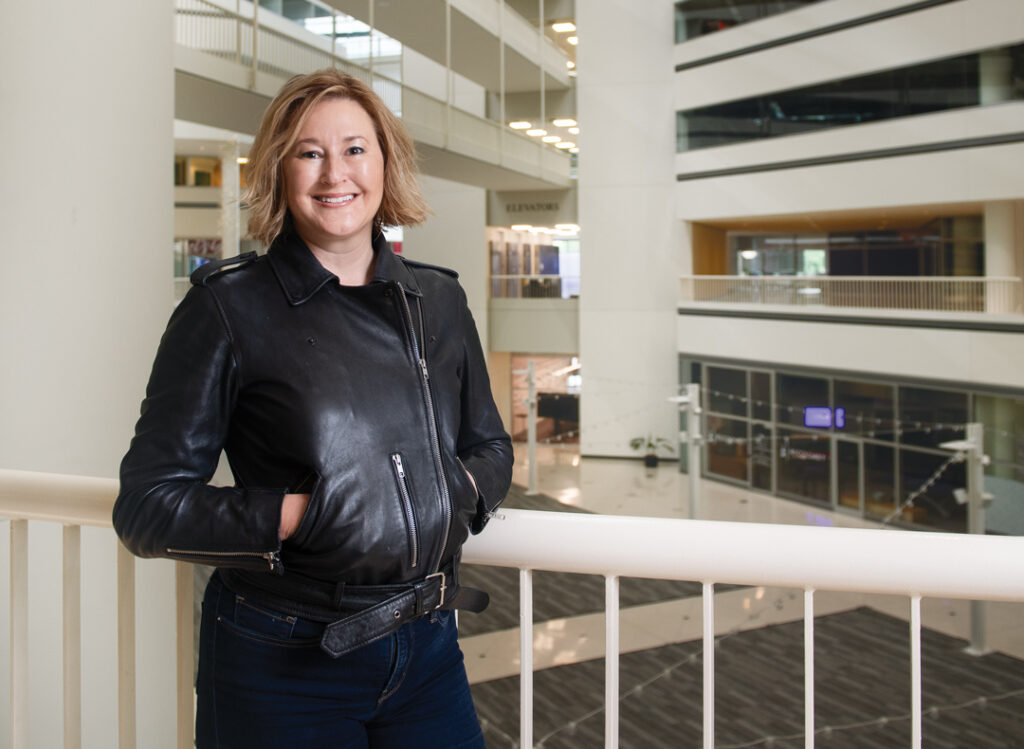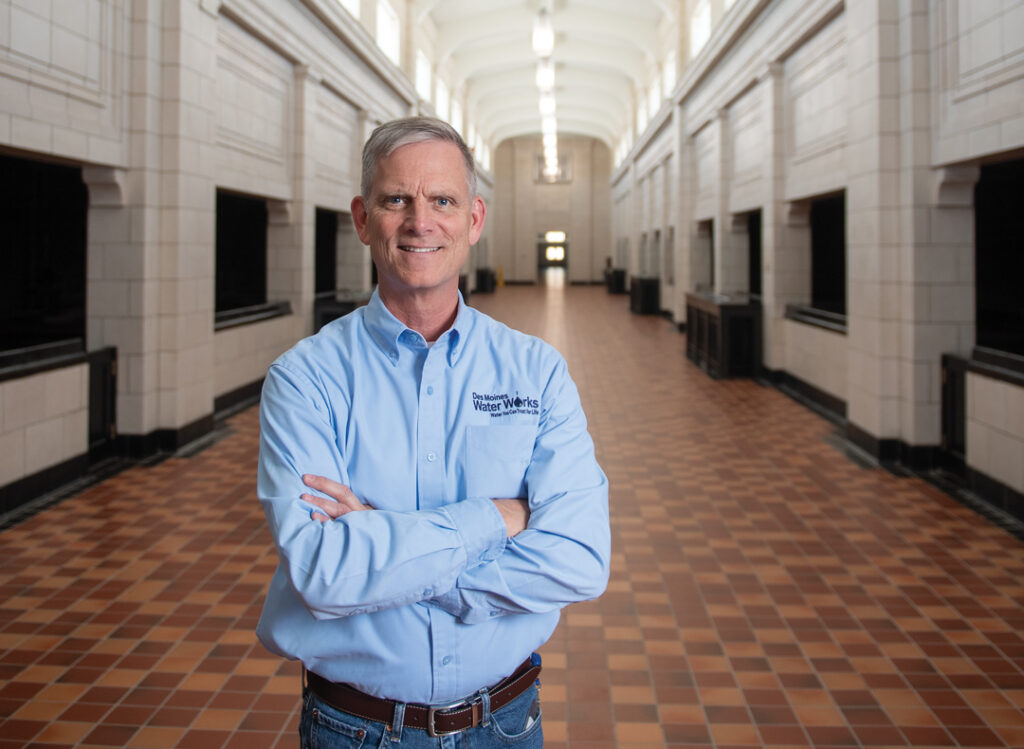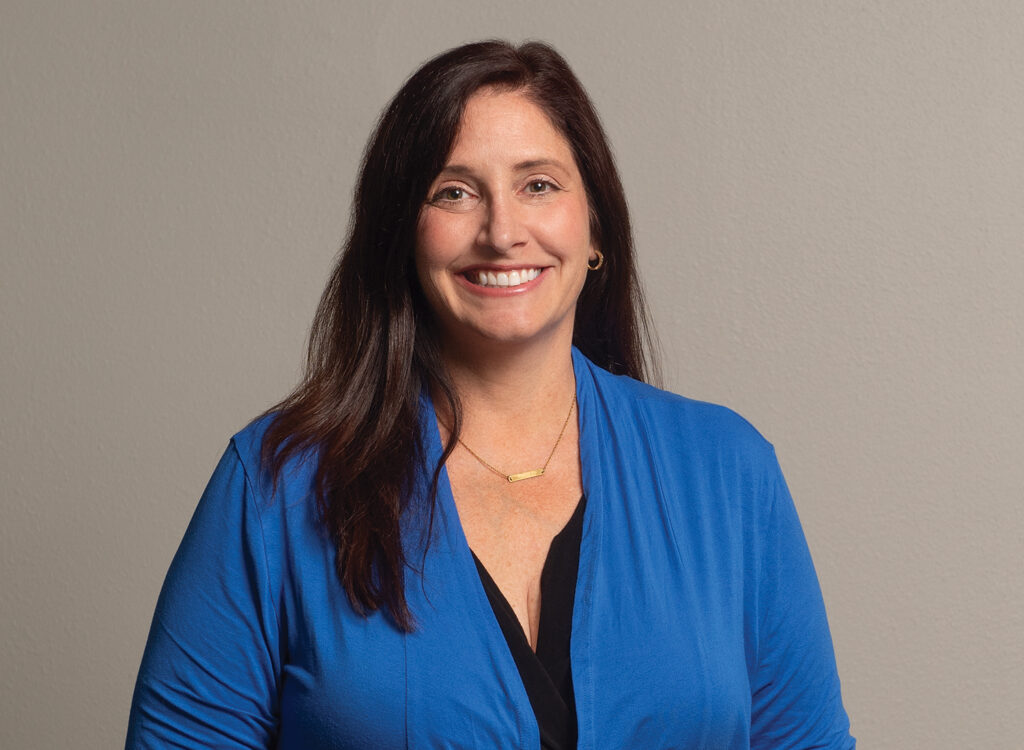Smart Ag
Company eyes the future with autonomous vehicle cloud system

KATE HAYDEN Aug 28, 2019 | 8:52 pm
5 min read time
1,231 wordsBusiness Record Insider, Energy, Innovation and Entrepreneurship
As an up-and-coming startup in the agtech industry, the people behind Ames-based Smart Ag have experienced the startup scramble once or twice.
Just before the 2018 Farm Progress Show – the international event that launched Smart Ag into the attention of much larger corporations and potential investors – a window broke.
Chief Technology Officer Mark Barglof had left the Farm Progress grounds at midnight, and by 3 a.m., Smart Ag engineers called to let him know a window cracked in the John Deere tractor – which was about to demo the Auto Cart cloud-based autonomous driving software to a gaggle of tech and agriculture media that day. At one point, they also locked themselves out of the tractor, hours before debuting.
“Farm Progress for us was just another demo of it, just on a much bigger stage,” CEO and co-founder Colin Hurd said. “It’s a little bit nerve-wracking. Not every demo always goes according to plan, and we definitely had some surprises leading up to it. … But then somehow it always turns out all right.”
By the end of the week, it was clearly worth it – Smart Ag was the first company to run a fully functioning autonomous tractor at the Farm Progress Show. That same year, Stine Seed Company had announced a $5 million investment into Smart Ag. Although the Auto Cart system did not enter markets as early as originally planned, Smart Ag was in the middle of a massive growth spurt – one that hasn’t slowed down yet.
The Auto Cart
It wasn’t the first year the Farm Progress show had seen an autonomous vehicle concept. Barglof started seeing concepts around 2012, but nothing was yet operable, and the farmers and ag insiders attending shows didn’t appear convinced the concepts would work for them.
“Before, when they’d see the concept vehicles, the autonomous stuff, they’d say, ‘Oh, that just won’t work for me,’” Barglof said. “A lot of people looked at the way we had the technology built … and they said, ‘This really would work for us on our farm; that is a practical solution.’”
By the time Hurd and co-founder Quincey Milloy were poking at autonomous farming opportunities, other businesses had been attempting to prepare the agricultural industry for the change.
“If you’re actually going to sell a product and start a company, you need to have something that is practical in that somebody can actually use on their farm,” Hurd said. “I think we looked at that and we said, ‘Hey, the industry already wants this. It’s pretty approachable.’”
“What we didn’t want to do was make it so that a farmer would look at the system and say, “Well, you are going to challenge my tradesmanship,’” Barglof said. “There’s pride for a farmer to be able to plant well.”
“We didn’t want them to have to really change their current operation to accommodate it,” Hurd said. “… This sort of just fit right in rather than replacing the farmer’s expertise.”
Grain cart labor was a perfect fit: The drivers tend to be friends and family from off the farm, only providing help for a limited few weeks during the harvest. Design work by Hurd and Milloy began on the initial Smart Ag system in the summer of 2016, using a tractor offered by an Adel customer of Hurd’s previous company, Agriculture Concepts. After months of attempts, the two managed to get the tractor to drive on its own during the fall harvest.
They couldn’t take it to market quite yet, but the seeds for Auto Cart were there.
“It didn’t have any real safety technology on it, but it gave us the validation that we needed to know, hey, this can actually be done,” Hurd said.
After several months advising and watching the first prototype at work, Barglof joined Smart Ag full time in 2017.
“When the farmer approaches our system, they say, ‘Well, that’s my tractor, I’m familiar with that,’” Barglof said. “It’s a lot more of an approachable solution.”
After the Farm Progress debut, Smart Ag field-tested 12 Auto Cart systems in Canada and across part of the U.S.’s Western and Midwestern states during the 2018 harvest. By the end of the season Smart Ag knew Auto Cart wasn’t quite ready to be commercialized, and spent the rest of the year working on a complete system overhaul to build up “fail-safe” processes that would stop the tractor’s movement if any software bugs were detected.
Smart Ag has a new interface for the Auto Cart system being primed, and added capabilities for cucumber harvesting and a camera feed to detect and alert operators to moving obstacles, like a deer or a truck, in the tractor’s pathway. Smart Ag calls Auto Cart a “level four” autonomous system, or supervised autonomy under a manned operator.
This year’s harvest should be the confirmation test, Barglof and Hurd said – the last field test with 15 systems operating before Auto Cart can be introduced to the market. Smart Ag intends to start selling commercially in the second quarter of 2020, with a sales goal of 100 systems.
Behind the cloud
Smart Ag’s vision is not just to create Auto Cart: The company is working on an entire technology platform that would work as an operating system for applications like Auto Cart.
“While it seems like all we’ve been doing is making this autonomous grain cart, what we’ve really been doing is building out this core platform that is extremely portable, and can be used on a variety of vehicles for a variety of different applications,” Hurd said. “When we think about the future, that’s what we’re really excited about.”
“Auto Cart is what the public sees,” Barglof said. “All of the technology behind Auto Cart is applicable all over. … What we actually aspire to do is take that platform, the technology platform, and allow it to proliferate across the off-road autonomy.
“Someday, people would look at off-road autonomy and say, ‘Well, that’s a Smart Ag system.’”
In other words, someday other companies would leverage Smart Ag’s platform to build new applications for off-road autonomous uses.
“There’s so many companies that build machinery that we’re actually in a better spot to help them make that machinery autonomous than to go build a giant manufacturing plant,” Hurd said.
Smart Ag grew quickly from 2016, with only one full-time employee. Despite the research challenges, Smart Ag joined the Ag Startup Engine and housed its labs in the Iowa State University Startup Engine. In 2017, Smart Ag hosted its first major demonstration day and received between $300,000 and $400,000 in investment, allowing Smart Ag to hire Barglof and pay a few more salaries, Hurd said.
In 2018, Smart Ag grew from six full-time employees to 20; in June 2019, the company announced it had opened new headquarters in Ames with 12,000 square feet and 25 employees.
“It’s kind of like the snowball rolling down the hill. I think we’re at the point now where it’s a lot of work … but the company starts to take on a life of its own, where it starts to become more perpetual,” Barglof said. “Moving into this facility is one of those times when you could take a look at the evolution of the company. … This building is just built for us, and it’s built for the future.”









